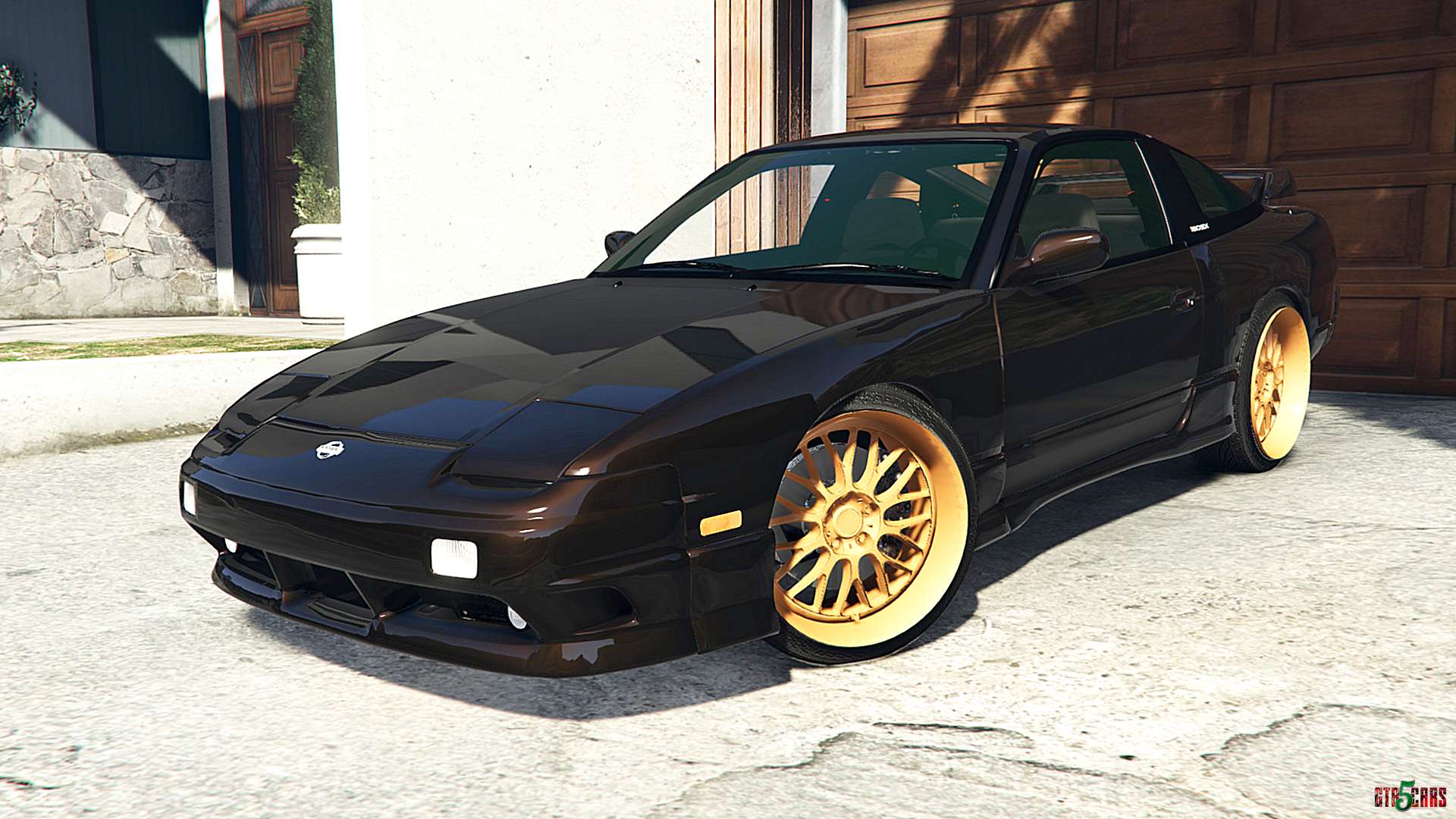
There are reports that type 1 fonts don’t work properly on the newest Windows releases. Type 1 support varies between the different flavors of Windows and Windows applications.

The system presents a dialog box asking whether you want to place them in the Fonts folder. You can drag fonts or font suitcases to the closed System Folder.

To use PostScript fonts with System software version 7.1 and later, install bitmap (screen) and PostScript (printer) fonts in the Fonts folder. Put PostScript fonts in the Extensions folder. In System software versions 7.0 or 7.0.1, install bitmap fonts by dragging a font suitcase or font file onto the closed System file. The icon resembles a suitcase.įor versions of System 6, use Font/DA Mover to install bitmap fonts into the System file and put PostScript files into the System Folder. This file also contains the metrics data. This bitmap file is called the screen font.

The format has effectively been superseded by OpenType, which keeps all the advantages of Type 1 and adds cross-platform compatibility and a slew of sophisticated typographic features.

Since Type 1 is nearly 40 years old, it is positively ancient in technology terms. The company recommends using OpenType fonts instead. In Photoshop support for type 1 fonts already ends in 2021. This is the reason why the font format is sometimes called PostScript Type 1, even though you can also print these fonts on non-PostScript devices since the early nineties.Įarly 2021 Adobe announced that its Creative Cloud applications like InDesign and Illustrator will stop supporting Type 1 fonts in January 2023. Type 1 is a font format that came to market around 1984, together with PostScript and the Apple LaserWriter.


 0 kommentar(er)
0 kommentar(er)
